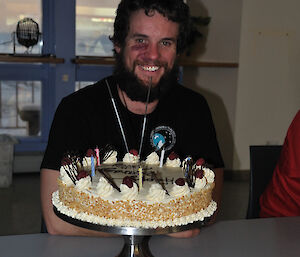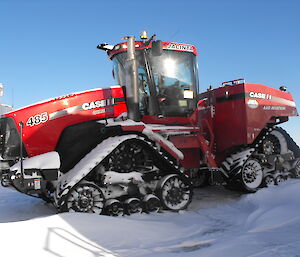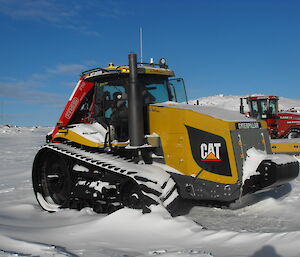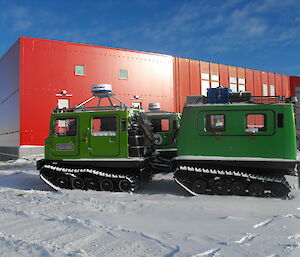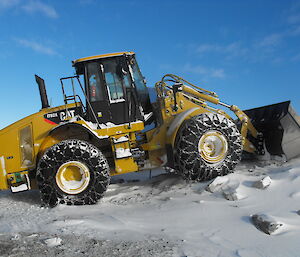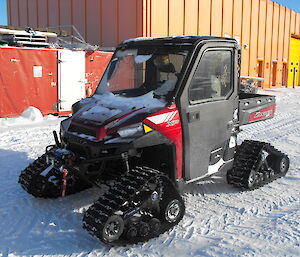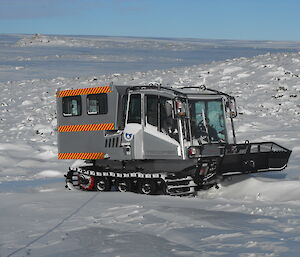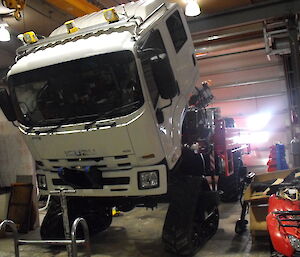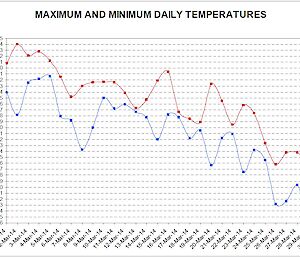We didn’t know whether we were coming or going, hot or cold this month. We had to pinch each other that we weren’t on some tropical island and got a case of Ciguatera for eating the wrong fish (fish pun is in regard to our failed fishing competition due to the water being, well, ice). March was a month of record breaking temperature extremes. Hottest and coldest March days on record with the lowest maximum and highest minimum records to boot. Only one word for it when we talk about extremes of heat: pappadums! (Mmm, love curry nights) While as for the other weather condiments, rainfall was very near average, the sunshine a little below, as was the wind. We only had one Blizzard, quite a bit short of expected.
March was a truly remarkable month, with a quartet of temperature records as it started out warm and became decidedly chilly as the mercury plummeted. On the whole it was quite a bit colder than average with our daily time maximum’s averaging −5.9°C, 1.8°C below the norm, while the overnight minimums averaged −11.7°C, also 1.8°C below average.
Record temperatures for March
2 March — The hottest day of the month at 4.0°C.
5 March — highest daily minimum −1.4°C
26 March — The lowest daily maximum temperature of −16.2°C
29 March — The lowest 24 hr minimum on the 29 March of -25.1°C
It wasn’t all about the temperature. We did have 16 ‘snow days’ for the month, with 12 days recording 0.2 mm or more in the snow gauge, giving us a monthly total of 16.4 mm (snowmelt minimum); this was just shy of the monthly average of 18.0 mm. A little less windy for the month also, particularly in comparison to the record winds we experienced in February, with an average daily wind run of 534 kms, short of the 571 km average. There was daylight between our strongest wind gust of the month, 126 kph on the 5th (barely enough to lift a hair on a balding head) and the annual extreme of 241 kph that occurred in March 1992. The lighter than expected winds only providing 12 official strong wind days, six gale force wind days, six days of recorded blowing snow and the one blizzard.
In between lengthening nights we squeezed in 3.0 hours of daily sunshine, 0.2 hours below the average. However, with the departing sun hours, so comes is the silver lining of our Antarctic cloud: the aurora australis. We have been getting our first taste of auroras with some fine examples seen throughout the month, the first of what we hope are many more to come.
“Chill”, from the Casey met team (written by Steve B.)





